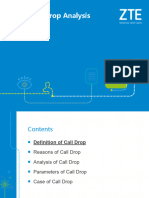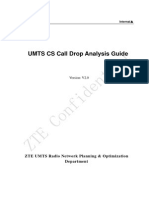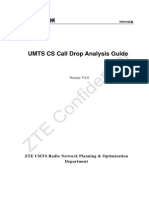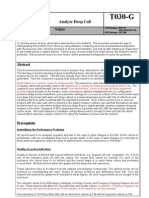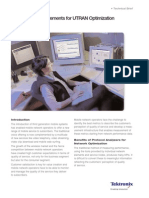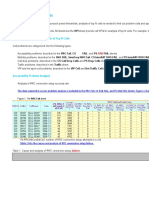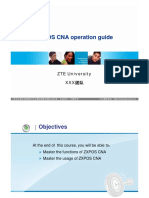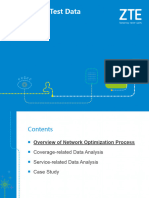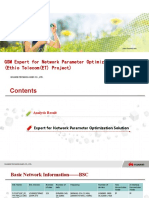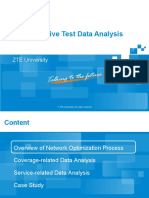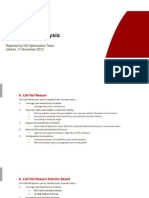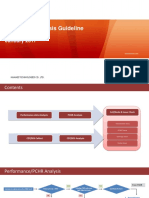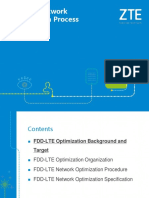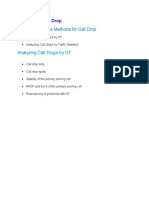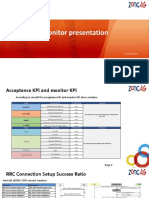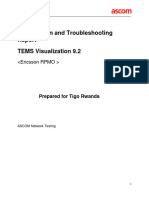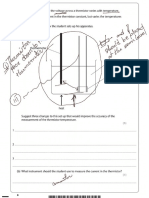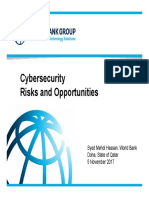0% found this document useful (0 votes)
72 views16 pagesSkip To Main Content: F Igure 4 F Low Chart To Test Call Drops by DT
DROP CALL IN 3G
Uploaded by
BirdCopyright
© © All Rights Reserved
We take content rights seriously. If you suspect this is your content, claim it here.
Available Formats
Download as DOCX, PDF, TXT or read online on Scribd
0% found this document useful (0 votes)
72 views16 pagesSkip To Main Content: F Igure 4 F Low Chart To Test Call Drops by DT
DROP CALL IN 3G
Uploaded by
BirdCopyright
© © All Rights Reserved
We take content rights seriously. If you suspect this is your content, claim it here.
Available Formats
Download as DOCX, PDF, TXT or read online on Scribd
/ 16
